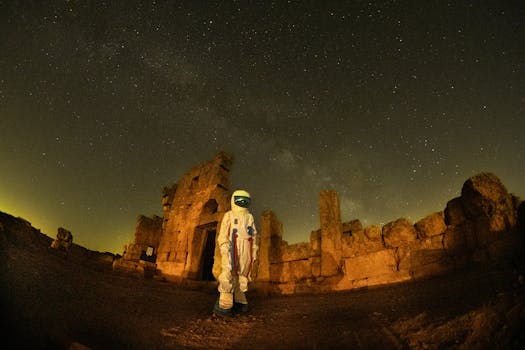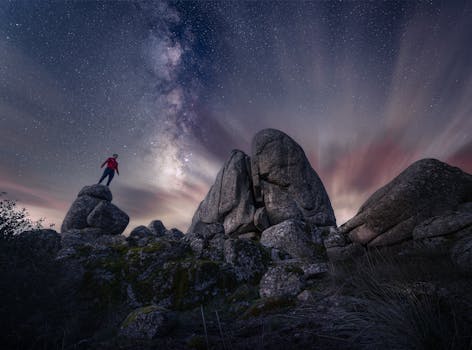
The Mystique of Galaxies

Galaxies, vast collections of stars, dust, and gas, have long fascinated astronomers and laypeople alike. They are not just beautiful celestial objects; they harbor stories and secrets from the very beginnings of the universe. Each galaxy whispers its own tale, revealing the history of cosmic phenomena and the evolution of the universe itself.
Understanding the Structure of Galaxies

Galaxies come in various shapes and sizes, from spiral to elliptical and irregular forms. Their structures are influenced by gravitational interactions and the dynamics of dark matter. Understanding these structures helps us decode the ancient secrets held within them, such as the formation of stars and the role of black holes in the evolution of galaxies.
The Role of Dark Matter

Dark matter is a mysterious component that makes up a significant portion of the universe’s mass. Its presence is inferred through gravitational effects on visible matter. Many galaxies are thought to be embedded within vast halos of dark matter, which not only shapes their structure but also influences their formation and evolution, whispering secrets about the universe’s hidden components.
Cosmic Events and Their Legacy

Galaxies are witnesses to cosmic events such as supernovae, collisions, and the birth of new stars. These events leave a lasting legacy, contributing to the chemical enrichment of the universe. The light from these events travels across space and time, providing insights into the history of galaxies and the universe, as they whisper their ancient secrets to us.
The Future of Galaxy Research

As technology advances, so does our understanding of galaxies. Telescopes like the Hubble Space Telescope and the upcoming James Webb Space Telescope allow astronomers to peer deeper into space and time. The future of galaxy research promises to unveil even more ancient secrets, helping us to understand not only the galaxies themselves but also our place in the cosmos.





